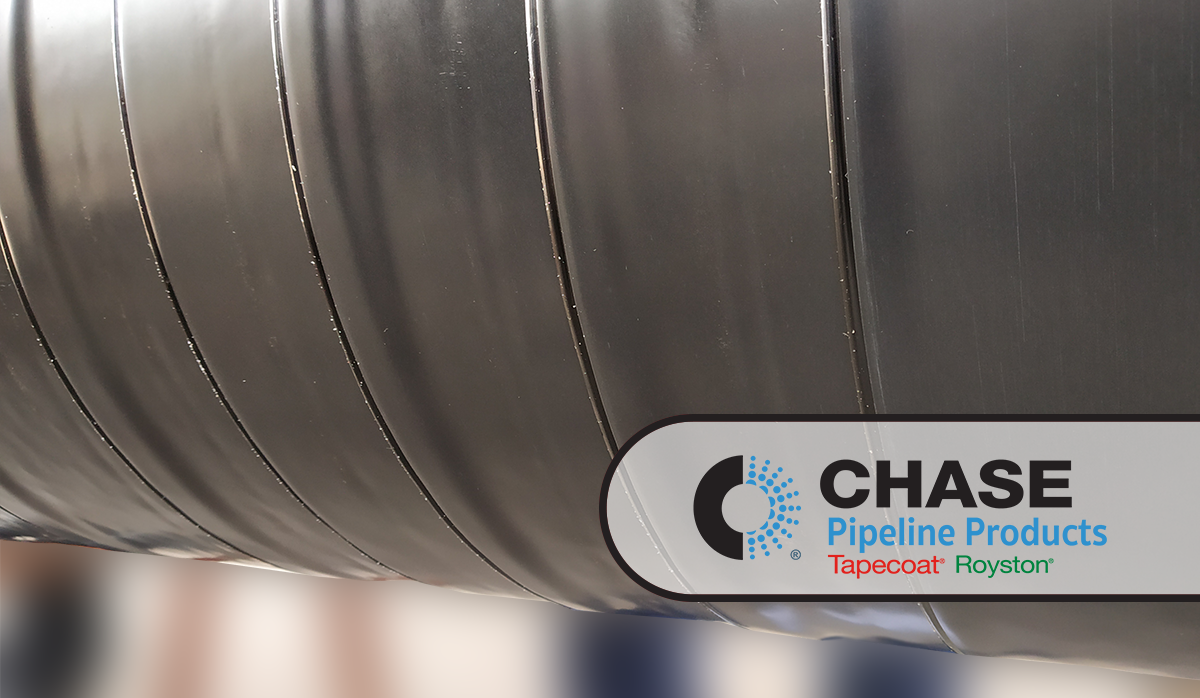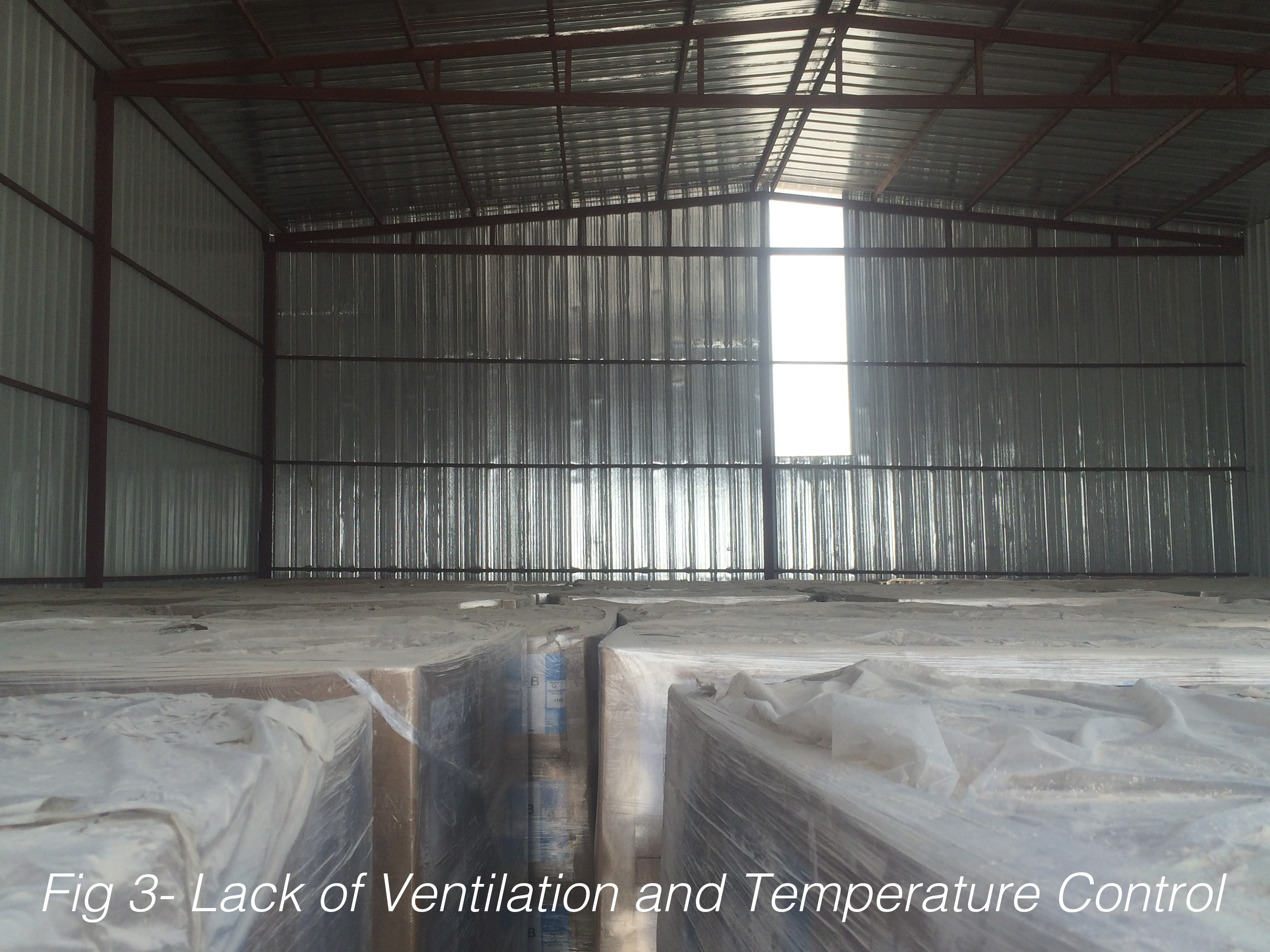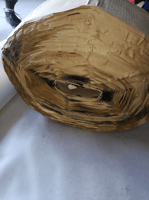Defects in pipeline coatings and tapes can happen for a number of reasons, all of which can result...
Does Wrapping Tape Have a Shelf Life And If So, What Affects It?
 The defining of a shelf life for an item designed for the long-term protection of valuable assets is always an intriguing topic. How can an item that is intended to protect an asset in a harsh environment for potentially decades have only a one- or two-year shelf life? This is a regularly raised question. To properly address it, one must respond by differentiating between “shelf life” and “service life” as this is where the confusion often arises.
The defining of a shelf life for an item designed for the long-term protection of valuable assets is always an intriguing topic. How can an item that is intended to protect an asset in a harsh environment for potentially decades have only a one- or two-year shelf life? This is a regularly raised question. To properly address it, one must respond by differentiating between “shelf life” and “service life” as this is where the confusion often arises.
What is shelf life?
Shelf life is the length of time that a commodity may be stored without becoming unfit for use,
 consumption, or sale.
consumption, or sale.
Typically, manufacturers stipulate the minimum environmental conditions in which a product should be held to meet the declared shelf life. For a pipe wrapping tape, these conditions are:
- an upper temperature limit,
- out of direct sunlight and
- shielded from potential physical damage to the product, including stacking limitations.
The service life of a product refers to the duration of time it will perform its expected duties at an acceptable level.
With regard to corrosion protection products, the service life is never a fixed defined period due to the numerous variances affecting each application (i.e., environmental conditions, such as soil stress, water tables, land contamination, temperature cycling, etc). Manufacturers typically offer a realistic prediction of how long the product will last. The forecast is based on previous experiences and other relevant factors and always is conditional on the product (1) having been installed within its shelf life and (2) having been correctly stored prior to its installation.
It should be noted that a manufacturer’s warranty always insists that claims will be considered only if the product was installed within the defined shelf life and that the relevant manufacturer’s stated storage conditions were undertaken.
Related article: The Importance of Properly Storing Pipeline Coatings
What are the key conditions/situations that affect a wrapping tape’s defined shelf life?
- The most important factor that affects a wrapping tape is ambient temperature. Whilst a
 wrapping tape is designed for installation at temperatures up to 50ºC and operating temperatures typically around 80ºC, most manufacturers recommend a maximum storage temperature of 30ºC. The reason for the variance is that wrapping tapes normally have contact type adhesives that are designed to adhere and ultimately harden on contact. They rely upon a number of volatile additives within the adhesive mix. These additives can be reduced to atmosphere if the tapes are held in raised storage temperatures (above 30ºC) for a protracted period.
wrapping tape is designed for installation at temperatures up to 50ºC and operating temperatures typically around 80ºC, most manufacturers recommend a maximum storage temperature of 30ºC. The reason for the variance is that wrapping tapes normally have contact type adhesives that are designed to adhere and ultimately harden on contact. They rely upon a number of volatile additives within the adhesive mix. These additives can be reduced to atmosphere if the tapes are held in raised storage temperatures (above 30ºC) for a protracted period. - The second key factor, which is also linked to temperature, is humidity. High ambient humidity can affect carton integrity and even the release paper and core strength. Manufacturers usually do not offer a fixed humidity guide but do suggest that storage environments allow ease of air passage. This is also one of the reasons that materials should not be stacked too high (beyond the issue of damage due to the high weight impact) so as to allow the free flow of air.

By taking preventive measures and following the manufacturer’s instructions, you will avoid damaging your products. The result will be successful applications of pipeline coatings and tapes.
Please contact us with any question or concern.






